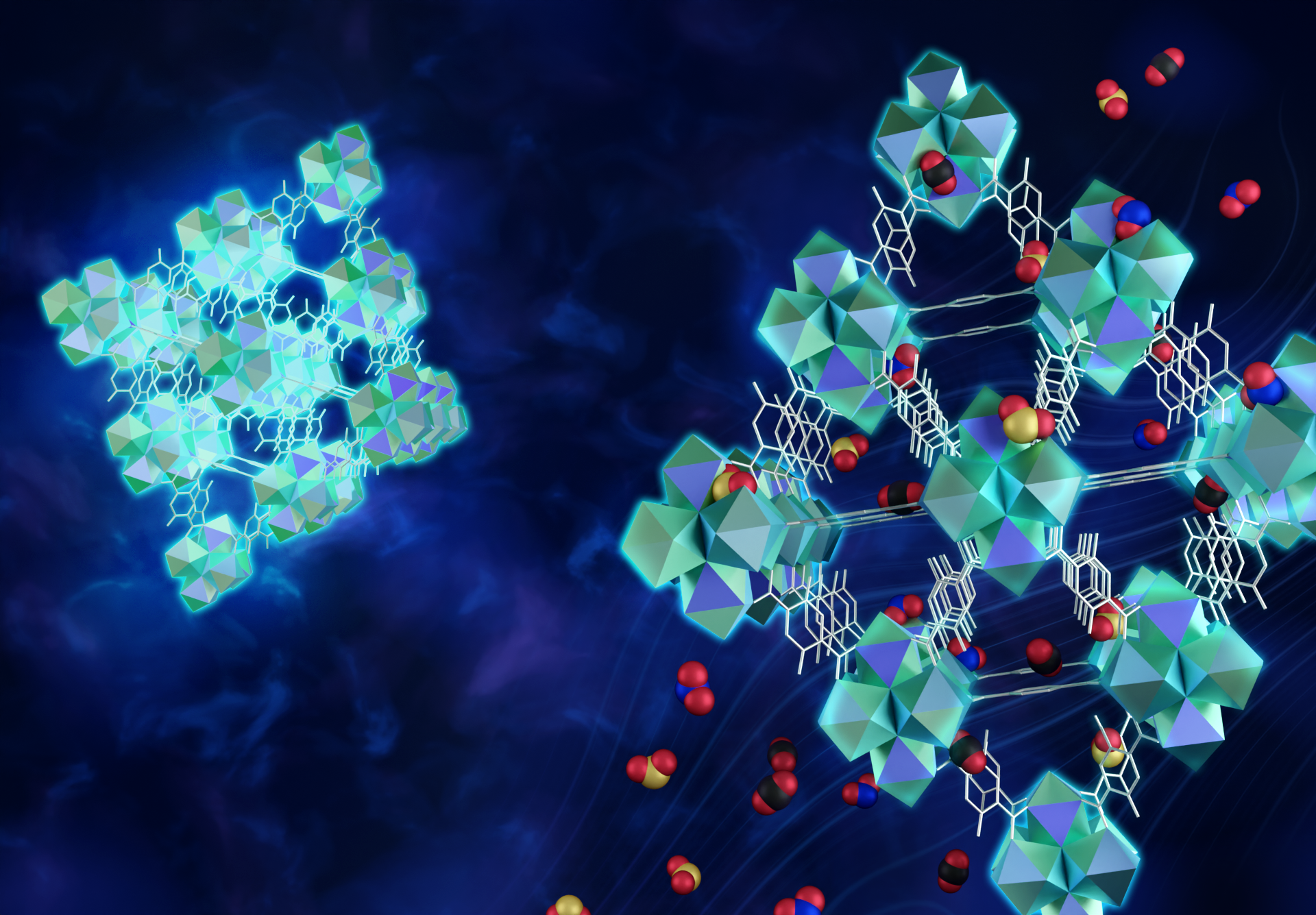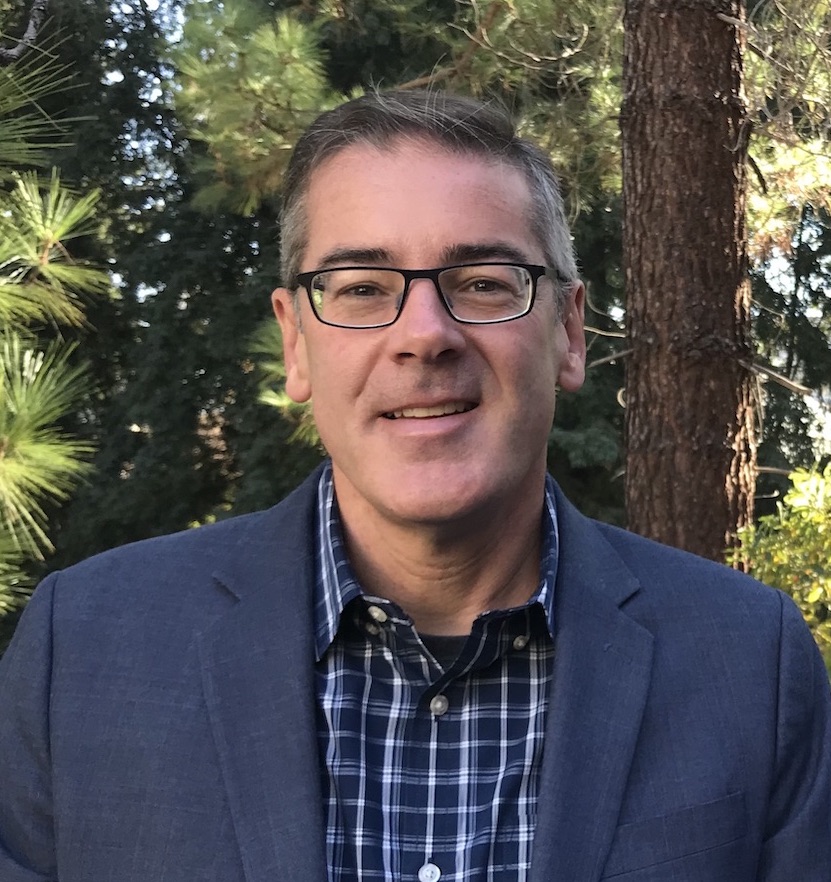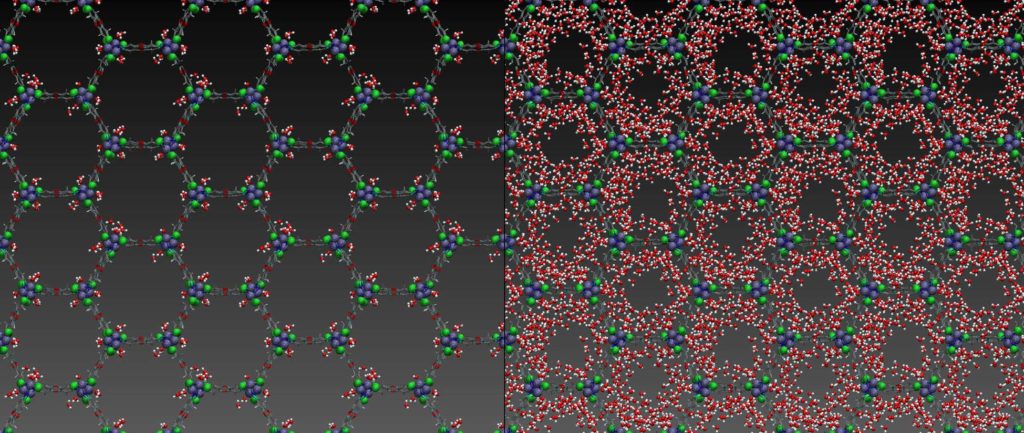Researchers still need to get a better understanding of how metal-organic frameworks function, especially when embedded in polymers. Reporting in ACS Applied Materials & Interfaces, researchers have now developed and characterized nitric oxide-storing MOFs embedded in a thin film with novel antibacterial potential.
Tag: metal organic frameworks (MOFs)

Society of Women Engineers bestows awards on 3 Sandia staff, including its highest honor
The Society of Women Engineers has bestowed awards on three Sandia National Laboratories employees. Senior scientist Tina Nenoff received the society’s highest honor, the Achievement Award.

Scientists build microporous MOF traps for mitigating toxic gases
Researchers from Sandia, ORNL, and the University of Tennessee, Knoxville used neutron scattering and additional experimental techniques to study a series of materials called metal organic frameworks (MOFs) made from the entire list of rare earth elements. The researchers established a comprehensive approach to evaluating large numbers of MOFs and also made an important discovery about a defect that can be useful in building technologies to mitigate toxic gases such as nitrogen and sulfur dioxides.
Using Electricity to Give Chemistry a Boost
University of Delaware chemists have discovered an efficient and sustainable way to produce iron-based metal organic framework (MOF) materials directly using renewable electricity at room temperature. Previously, MOFs—which have applications as catalysts, sensors and for gas storage—were typically produced using processes that required high heat and high pressure.

A Sponge to Soak Up Carbon Dioxide in the Air
Increasingly, scientists are recognizing that negative emissions technologies (NETs) to remove and sequester carbon dioxide from the atmosphere will be an essential component in the strategy to mitigate climate change. Lawrence Berkeley National Laboratory (Berkeley Lab), a multidisciplinary Department of Energy research lab, is pursuing a portfolio of negative emissions technologies and related research.

A material benefit to society, Sandia scientist elected AAAS fellow
Sandia National Laboratories senior scientist Tina Nenoff was elected by her peers fellow of the American Association for the Advancement of Science “for outstanding accomplishments in nanoporous materials and technology through research and group effort leadership, particularly in ion and gas separations for energy and environmental applications.”
Saving the Planet, One Drop at a Time
Scientists at the Johns Hopkins University Applied Physics Laboratory (APL), in Laurel, Maryland, have identified highly absorbent materials that can extract drinkable water out of thin air – which could potentially lead to technologies that supply potable water in the driest areas on the planet.

Quenching Water Scarcity with a Good Pore
Researchers at UC San Diego and MIT linked theory and experiment to move closer to developing materials that address global water scarcity.